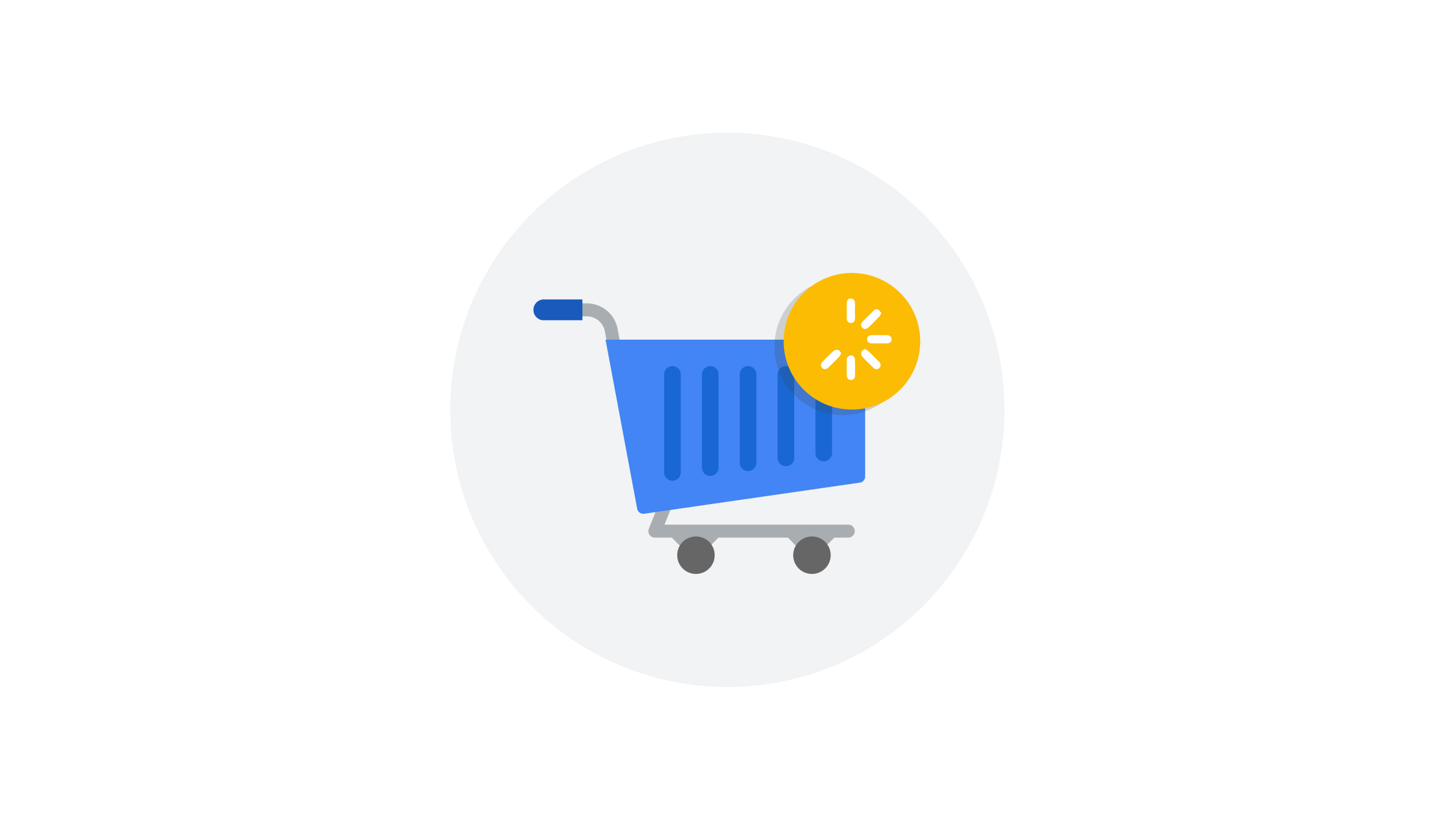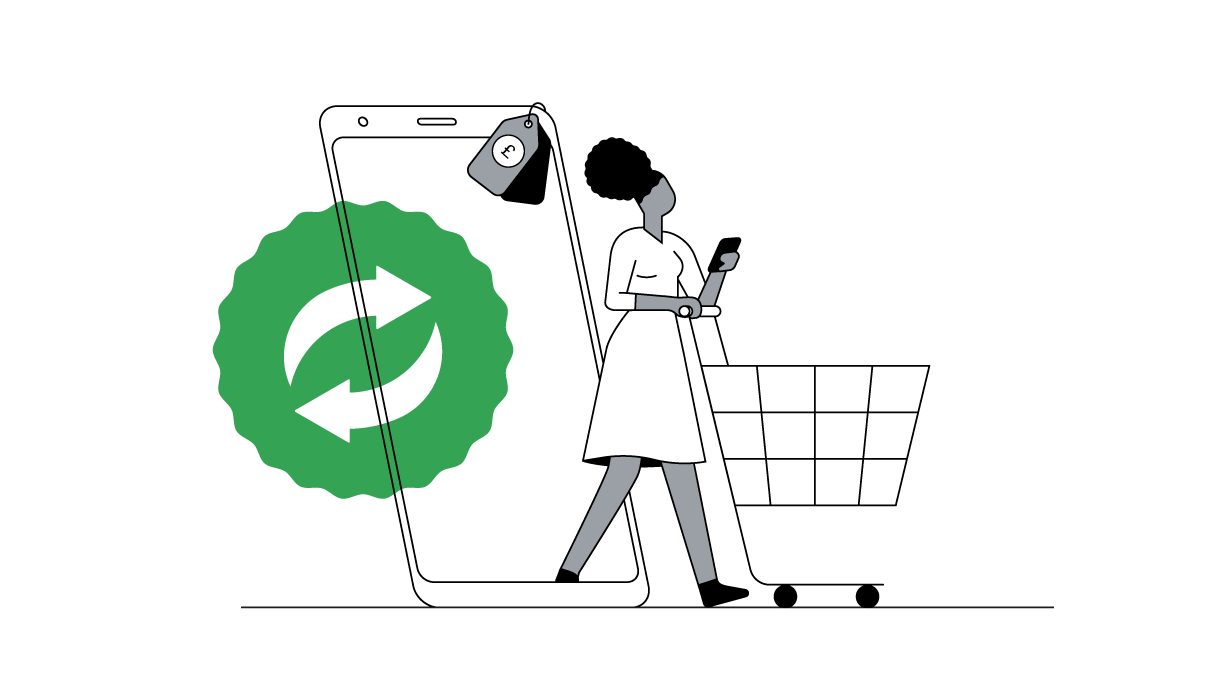Time spent in apps dominates mobile usage, but 25% of all apps are used just once before being discarded. Few and far between are those that inspire loyal use. What can agencies and brands do to encourage consumers to re-engage with apps? Four key strategies make a big difference.
The app has to be engaging in the first place
Never mind re-engaging for the moment — apps have to be compellingly useful enough for consumers to engage in the first place. A good app mirrors or exceeds the very best features of a brand's mobile website or even desktop site. Otherwise, there's no reason to use the app — the consumer might as well open the website instead.
For Matt Goldhill, Creative Strategist at Mobile 5, it comes down to focus. "Focus on the thing you want your app to achieve and then commit to it wholeheartedly. The trend at the moment is for an app to do one thing really, really well, and that's what it's there for. Make it as easy, compelling and as rewarding as possible to use. By focusing on that, it's going to be engaging no matter what."
Success, in other words, has a lot to do with what the app is for. "There are so many apps that don't need to be there," agrees Dave Sandler, Global Account Director at Fetch. "For example, I get my car serviced once a year — I don't need an app to tell me when my next service is. An app is about functionality and utility, where someone is looking to do a specific action quickly, so make sure that core functionality is front and centre."

Use push notifications intelligently
Beyond building a great app to begin with, push notifications can bring users back — as long as they're employed shrewdly. The least effective ones — blanket communications reminding users to open the app — just come across as nagging. "Pushes that are arbitrary and have zero relevance frankly make me want to delete the app," Dave says. "A good push strategy takes into account data about who you are, where you are and what you're doing — and what relevance the app has to you at that point in time."
Push notifications to send a very specific reminder or incentive bear the best results. To do this, brands and agencies need to track in-app activities, create segments and target accordingly. "There's some really great tech out there that allows brands to combine their analytics with push notifications," Matt explains. "Segments can be as narrow or as broad as you like. You can develop a really nice CRM strategy, taking everything we've learnt from desktop to come up with really intelligent pushes."
Advertise using rich media, search and display
Advertising shouldn't just focus on driving downloads; it also has a big role to play in re-engagement. But to make it optimally effective, the URL in the media should deep link into the app, ideally to send users straight to the most exciting or relevant page.
As in push notifications, tailoring the message to the audience is key — a task that's becoming easier all the time. "The great thing about how technology is evolving is that you can now use remarketing across all these different platforms — search, display, in-app, mobile web and video," says Google Specialist Agency Head Max Macintosh. "With some new technology providers you can do cross-device remarketing and tracking, so that actually you are attributing a true sale or in-app action."
It's possible to target people who already have an app versus those who don't, as well as to provide different messaging when someone engages with ad content. "There are lots of efficiencies in that," Max observes. "In the past, people would consistently be shown ads for an app that they already owned. Quite a few technologies are coming out now in search and display where rather than clicking and paying the app supplier, users just click and open the app. So it recognises not only that they have the app, but it also whether they're on iOS or Android to send them to the right store."

Measure, test, iterate and be prepared to start again
"We spent a long time persuading people they needed to think about mobile and apps," says IAB Chief Operating Officer Jon Mew. "We've got to a point where brands need to start thinking about context more — using marketing insight to understand where and how people are using their apps. Like any other channel, you have to constantly test and improve."
Apps provide an exceptional opportunity to harvest data points — but only if customer event and third-party tracker tags are in place. Then it's essential to find the right key performance indicators for the brand and its audience. "Some brands might love dwell time," explains Matt by way of example, "But an app like Uber wouldn't because it's contrary to the purpose of the app."
The final step is to use insights to adjust or even overhaul the offering. "The devil's in the detail in apps," Matt says. "Little things make a huge difference in success rate. So look at your app — is it working properly? That alone can have a huge difference in someone continuing to engage with it."





